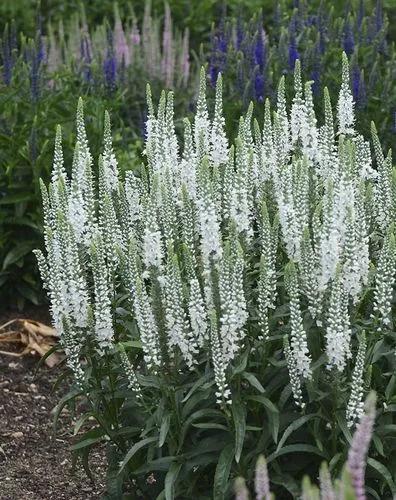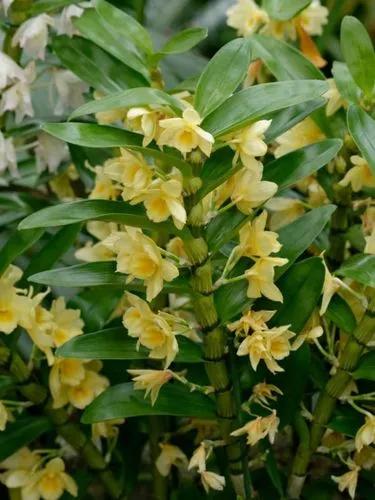Lathyrus tuberosus is a perennial growing to 1.2 m (4ft). It is hardy to zone (UK) 6 and is not frost tender. It is in flower from June to July, and the seeds ripen in August. The species is hermaphrodite (has both male and female organs) and is pollinated by Bees. It is noted for attracting wildlife. Suitable for: light (sandy), medium (loamy) and heavy (clay) soils. Suitable pH: acid, neutral and basic (alkaline) soils. It can grow in semi-shade (light woodland) or no shade. It prefers moist soil.
Tuberous Pea Care
Lathyrus tuberosus



An easily grown plant, succeeding in any moderately good garden soil. It prefers a limestone soil in a warm position, and likes some shade. A climbing plant, scrambling through other plants and supporting itself by tendrils. It tends to be slightly invasive with new stems emerging at some distance from the parent plant. The earthnut pea has occasionally been cultivated for its edible root. Slugs are inordinately fond of this plant and will totally destroy it given a chance. A good bee plant. This species has a symbiotic relationship with certain soil bacteria, these bacteria form nodules on the roots and fix atmospheric nitrogen. Some of this nitrogen is utilized by the growing plant but some can also be used by other plants growing nearby.
This plant might be poisonous
How to get rid of: The most effective way to remove sweet pea weeds is with chemical herbicides. Glyphosate is one of the chemicals that effectively controls wild sweet peas, generally with a kill rate of 95 percent or higher. To apply a concentrated herbicide containing 18 percent glyphosate, dilute at a rate of 3 ounces in each 1 gallon of water. Spray the herbicide on a windless, sunny day when the temperature is above 60 degrees Fahrenheit. Glyphosate can kill desirable plants as well as weeds, so take care to spray only on the wild sweet peas. If the herbicide gets on a plant you want to keep, rinse the plant immediately with clean water. Always read and follow label directions, and wear protective clothing and eye protection when using chemical herbicides. Wash your hands with soap and water immediately after use.
How to Care for the Plant

Popularity

199 people already have this plant 43 people have added this plant to their wishlists
Discover more plants with the list below
Popular articles






